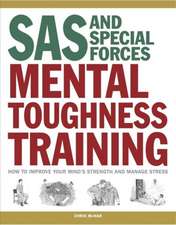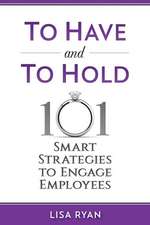The Neuroscience of Leadership Coaching: Why the Tools and Techniques of Leadership Coaching Work: Neuroștiință în Business
Autor Patricia Bossons, Patricia Riddell, Denis Sartainen Limba Engleză Hardback – 26 aug 2015
Preț: 151.48 lei
Preț vechi: 274.22 lei
-45% Nou
28.98€ • 30.26$ • 23.99£
Carte tipărită la comandă
Livrare economică 04-18 aprilie
Specificații
ISBN-10: 1472911121
Pagini: 216
Dimensiuni: 156 x 234 x 24 mm
Greutate: 0.49 kg
Editura: Bloomsbury Publishing
Colecția Bloomsbury Information
Seria Neuroștiință în Business
Locul publicării:London, United Kingdom
Caracteristici
Notă biografică
Patricia Bossons is a Chartered Psychologist and Director of the Henley Centre for Coaching and Behavioural Change at Henley Business School. Patricia Riddell is Professor of Applied Neuroscience at the School of Psychology, University of Reading. Denis Sartain is Lead Tutor (Coaching) at Henley Business School, and Managing Director of International Coaching and Development Ltd.
Recenzii
Descriere
Gender diversity and cross-cultural, cross-generational working in organisations has led to new challenges for leadership, which many companies are solving through executive coaching.This unique leadership coaching book is written by practitioners for practitioners and managers wanting to get the best from individuals in leadership roles. It brings together the authors’ experience as psychologists, neuroscientists and senior level executive coaches to analyse the neuroscience behind behavioural change.The authors present the latest views on leadership, executive coaching and an introduction to the basic concepts of how the brain works to enable managers and coaches to work more confidently, and with greater focus.A series of coaching case histories are accompanied by neuroscience commentaries that offer full explanations of how to select a coaching intervention that will engage different parts of the brain. The cases are categorised by the technique used and the area of the brain the tool accesses, making it easier to understand what type of coaching tool would be useful for a specific situation, and also what type of technique might be used to engage a different part of the brain if the first approach is ineffective.
























